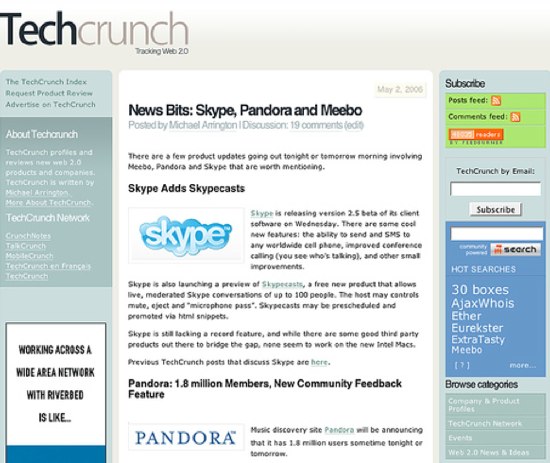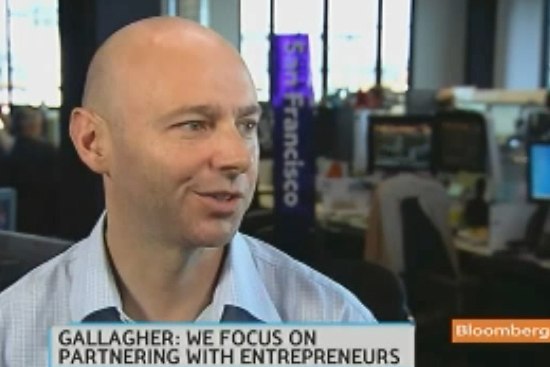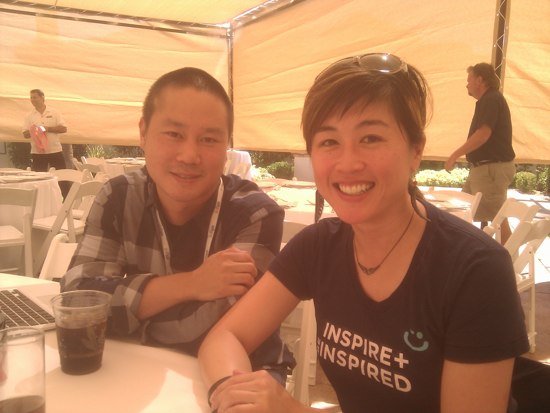 VentureBeat leveled quite an accusation at TechCrunch this evening, claiming that they had evidence that suggested TechCrunch was trading stories for ad buys. The evidence? An email sent by a startup CEO to VentureBeat that was meant for TechCrunch.
VentureBeat leveled quite an accusation at TechCrunch this evening, claiming that they had evidence that suggested TechCrunch was trading stories for ad buys. The evidence? An email sent by a startup CEO to VentureBeat that was meant for TechCrunch.
“AOL-owned tech blog TechCrunch is often accused of trading favors for exclusives,” says VentureBeat, adding “Now we have proof.”
Err, ok.
The company supposedly offering the payment apparently has an advisor that’s married to a VentureBeat reporter, which may explain how the mixup happened (or not, it’s a very confusing post). But the gist of the accusation is that the company spoke to a TechCrunch salesperson about an ad, and then emailed the TechCrunch editorial team with an expectation of a post. There’s now an update to the post with the company CEO trying to explain that the email was taken out of context and was really meant for VentureBeat anyway. In short, it’s a mess.
Despite the extremely hazy background facts, the accusations are clear. TechCrunch posts stories in exchange for advertising.
That’s absurd.
In a comment to the post I pointed out that if that email had been received by the TechCrunch team someone would almost certainly have posted it immediately and mocked it. Here’s a post I wrote last year when an ad agency threatened to pull business based on a post I wrote about American Express.
Here’s another interesting factoid. Valleywag tried for years (and years) to nail TechCrunch on some sort of ethics charge. They never succeeded because that stuff never happens at TechCrunch. The original post is gone but I quoted it here:
Arrington, for a reason no one has ever pinpointed, attracts haters at a level far beyond what you’d expect for what is basically an online trade magazine. I learned this firsthand when I wrote for gossip site Valleywag from 2006 to 2008. Despite Valleywag’s cruel, personal posts, we received almost no hate mail and were never accosted in public. Instead, we got mail, phone calls and in-person pleas from people who begged us to take down Mike Arrington. The most common accusation was that TechCrunch sold endorsements of startups, either in exchange for advertising buys on the site, or for outright cash payments.
This is important: None of these claims ever checked out. Sources would claim to know someone who knew something, but these mystery witnesses never showed up to tell their stories to a reporter. Arrington’s success, both as a blog-era publisher/writer and a startup businessman, inflames less successful entrepreneurs and journalists with off-the-scale envy. How does he do that?
In the one case where a TechCrunch writer had acted inappropriately by requesting compensation for a blog post he was terminated immediately and everything he’d ever written was deleted from the site. And I broke the news about that, we did not wait in the hope that it would never get out.
TechCrunch has been controversial because it has never played by the rules (see my post here about how I ran the joint). But they’ve never (NEVER) done the kind of shady shit that VentureBeat is accusing them of today, despite a ridiculous effort by competitors to show otherwise. Like I said in that post, “One thing I knew for sure was that I’d never trick readers, or lie to them, or otherwise be shady. It’s not me. And even if it was me, it’s too easy to get caught.” It’s just not the TechCrunch way, and if it was, they’d have been nailed for it by now.
If VentureBeat wants to fight it out with TechCrunch, I’ll be glad to watch. But they need to put on their big boy pants, or bow out gracefully with an apology.
Look for that apology shortly.
Update: The original title, “How TechCrunch’s back-room deals destroy its credibility” has now been considerably softened to “Start-up’s gaffe raises questions about blogs in Silicon Valley.”
Update 2: A representative from the company in question left this comment on the VentureBeat post: “Hi my name is Bill Briggs. I am part of the founding team of Own Point of Sale, board member, and VP of Business Development. I wanted to state that this article was taken very far out of context. A simple conversation was cut, pasted and filled to make it look like a direct blow to TechCrunch. This is not the case we like Tech Crunch very much. I spoke with the editor, Mike, and explained to him that he is pulling us into a battle which we want to no part in. This is directly hurting our reputation, especially with those we like (TechCrunch). I asked them to please take it down. He refused saying, “we don’t have to,” which might be and probably is true. However, know this, Venture Beat has falsely composed an article about our company and it is not true. The very fact that they chose not to take this down shows the caliber of this organization.”
Update 3: Apology issued:

Update 4: Here’s a copy of the original post.
 Not sure how the tech press managed to miss this. Some 450 people who work on Google Plus are currently in Hawaii for an offsite. For tax purposes, we understand, the event involves work. But in reality it’s a reward for all the hard work the team has accomplished in launching and growing Google+.
Not sure how the tech press managed to miss this. Some 450 people who work on Google Plus are currently in Hawaii for an offsite. For tax purposes, we understand, the event involves work. But in reality it’s a reward for all the hard work the team has accomplished in launching and growing Google+.







